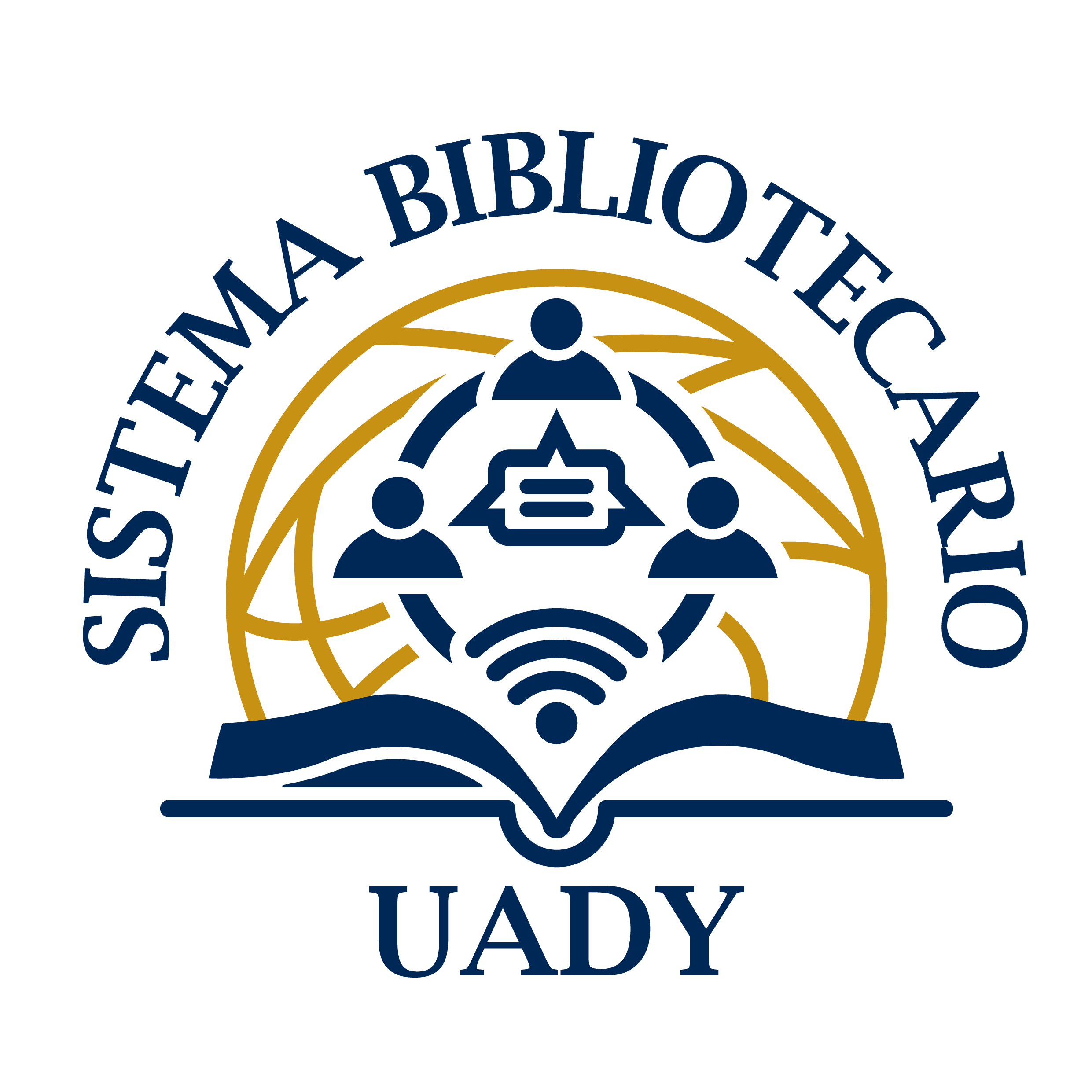The Hydraulic Transport and Storage of Extractive Waste : Guidelines to European Practice / edited by Mike Cambridge.
Tipo de material: TextoSeries Professional Practice in Earth Sciences | | Professional Practice in Earth Sciences | Cham :Springer International Publishing :Imprint: Springer,2018Descripción: 1 recurso electrónico (XXIX, 327 páginas); 119 ilustraciones, 97 ilustraciones en colorTipo de contenido:
TextoSeries Professional Practice in Earth Sciences | | Professional Practice in Earth Sciences | Cham :Springer International Publishing :Imprint: Springer,2018Descripción: 1 recurso electrónico (XXIX, 327 páginas); 119 ilustraciones, 97 ilustraciones en colorTipo de contenido: - texto
- computadora
- recurso en línea
- 9783319692487
- 624
- 23
| Tipo de ítem | Biblioteca actual | Colección | Signatura topográfica | Estado | Fecha de vencimiento | Código de barras | |
|---|---|---|---|---|---|---|---|
| Libro Electrónico (LE) | Biblioteca Virtual | Colección Electrónica (CE) | Disponible | BIV0011276 |
Introduction -- Hydraulic fill - sources, placement and regulatory issues -- Material characterisation -- Engineering design -- The development of a Mine Waste Facility -- Facility quality control, inspection and monitoring -- Specialist application of hydraulic filling techniques -- Conclusions.
This book offers the guidelines on long-term confinement of fine particulate waste products in a safe and environmentally acceptable location. It seeks to present the state of the art, drawing on combined experience from within the European Union (EU), on good international practice where relevant and on lessons learnt from recent untoward incidents. These guidelines have been developed in parallel with the development of the European Standard on Earthworks (prEN 16907) and the contents have been influenced by the well-publicised need for guidance to all stakeholders on both technical and regulatory aspects of the permitting, design and construction of extractive waste facilities in Europe. The Extractive Waste Directive (EWD) imposes a duty on all operators and regulators to ensure the competent design, operation and closure of such facilities. However, though some guidance has been published on a limited number of related technical elements, the relevance of these contributions has been diminished by the lack of an integrated approach. It is now evident to both regulatory bodies and operators alike that a unified and comprehensive document providing guidance to all stakeholders is required if the future of mining within the EU is to be assured and further untoward incidents avoided. These guidelines seek to address all technical stages of the development of a hydraulic fill project in the context of the EWD, with an emphasis on waste and facility characterisation and on the risk-based assessments which underwrite them. They are intended for use by all stakeholders involved in those European industries which involve the generation, transport and storage of fine particulate waste products requiring long-term confinement in a safe, stable and environmentally acceptable location.


